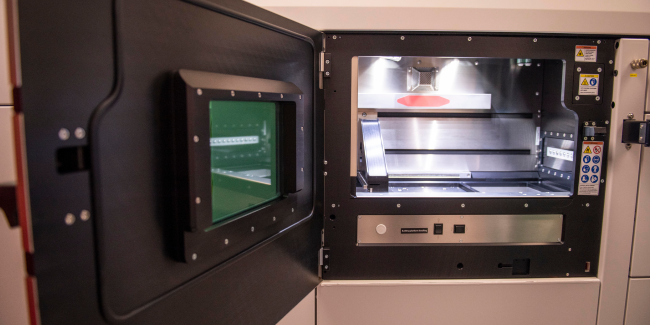A laser-based metal additive manufacturing process offers lower heat input, thus leading to less base metal distortion compared to traditional welding processes. Digital twin (DT) is a critical technology, as it gives insights into many critical aspects of a manufacturing process. DT offers continuous improvement through sensor data from physical tests and data from virtual models. Manufacturers may improve efficiency and cut costs with the use of data collected through DT technology. The manufacturing sector stands to gain huge benefits from incorporating DT technologies, which include the possibility for higher efficiency, decreased costs, enhanced product quality, and accelerated time to market. Although the benefits of DT are understandable, its implementation still needs clarity, along with other challenges like effective use of data from previous cases, timely decision-making, and complex systems.
This presentation will outline the DT implementation strategy. The following topics will be covered:
- Background in Metal Additive Manufacturing
- DTs
- DT Graph and Connectivity
- Machine Learning in DTs
- Challenges
- Case Studies in Metal Additive Manufacturing


